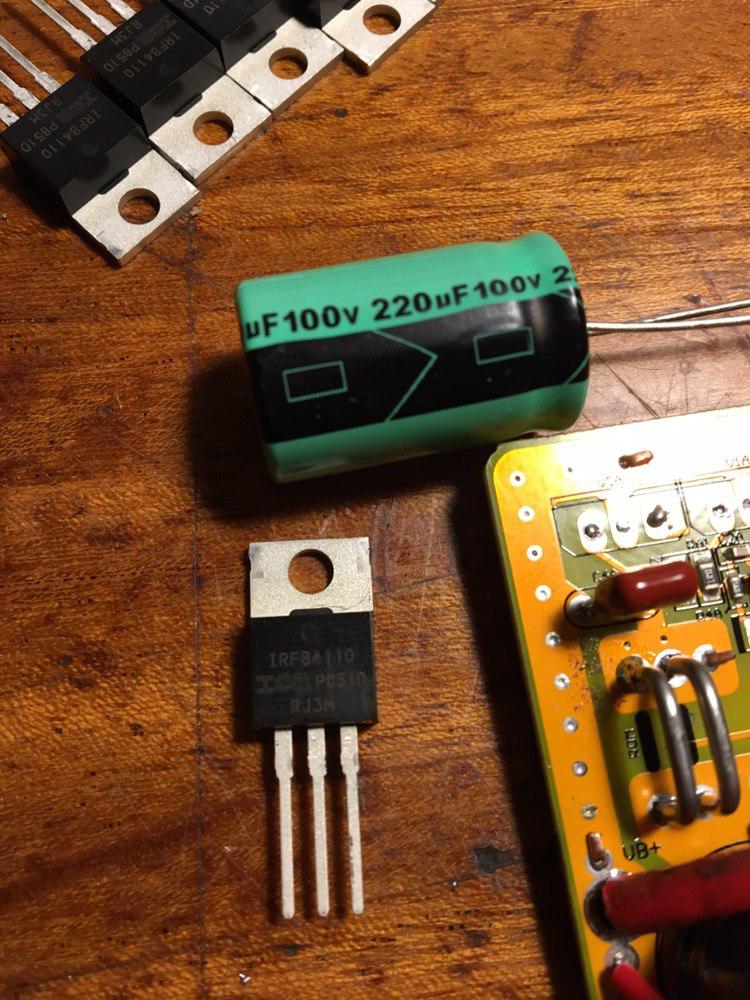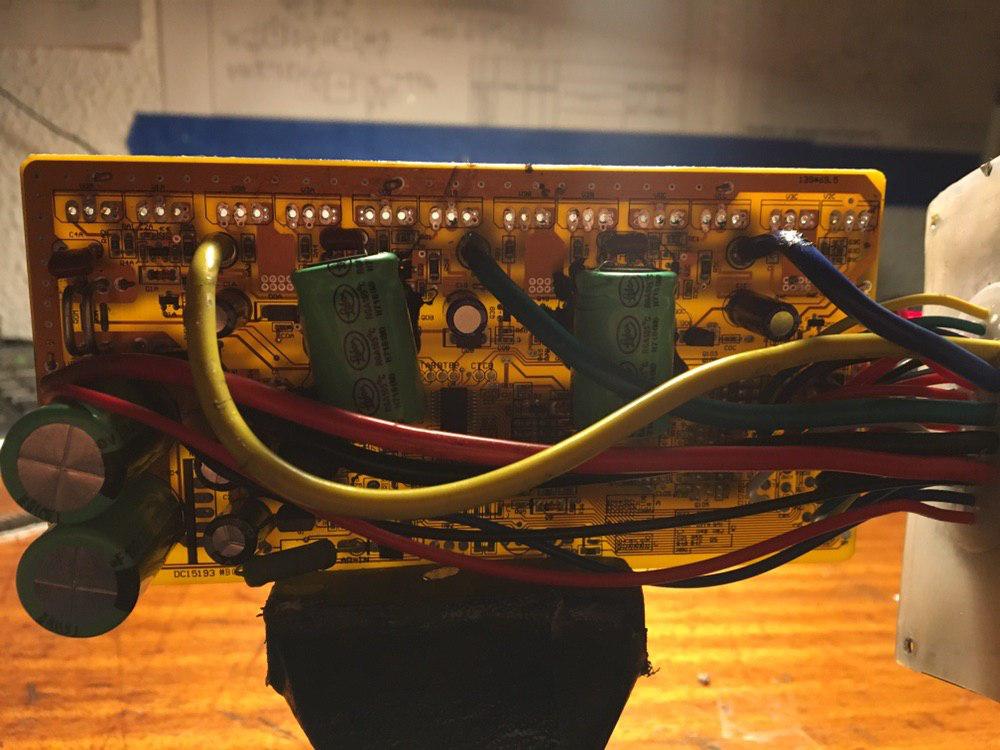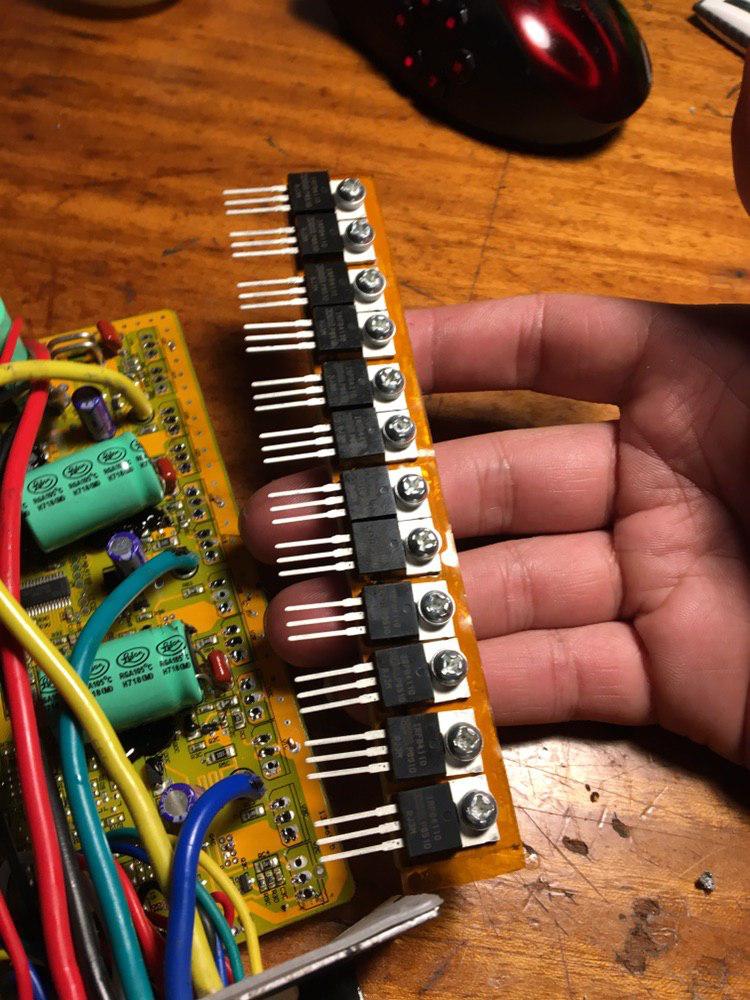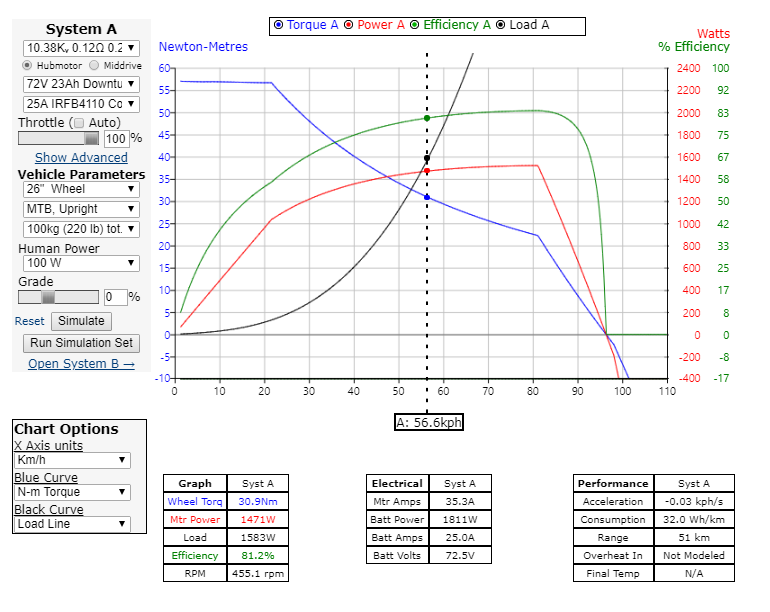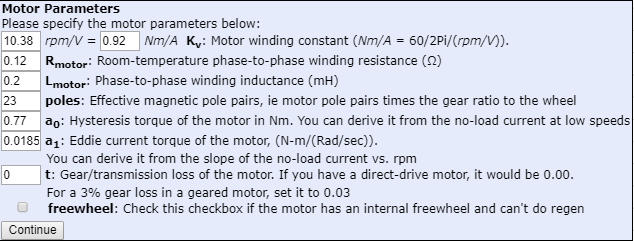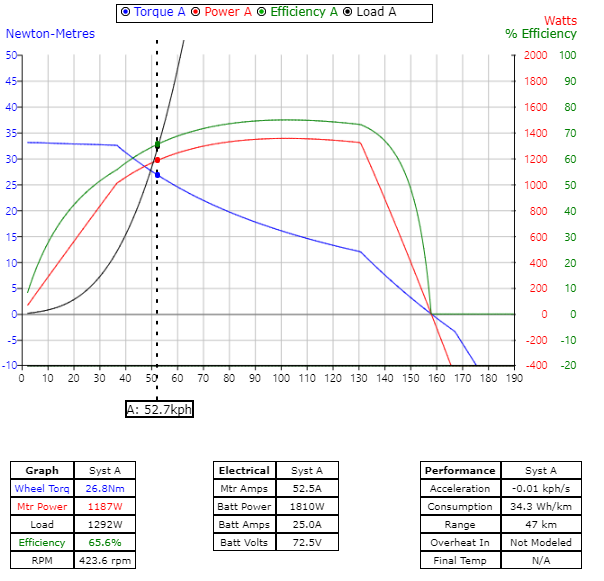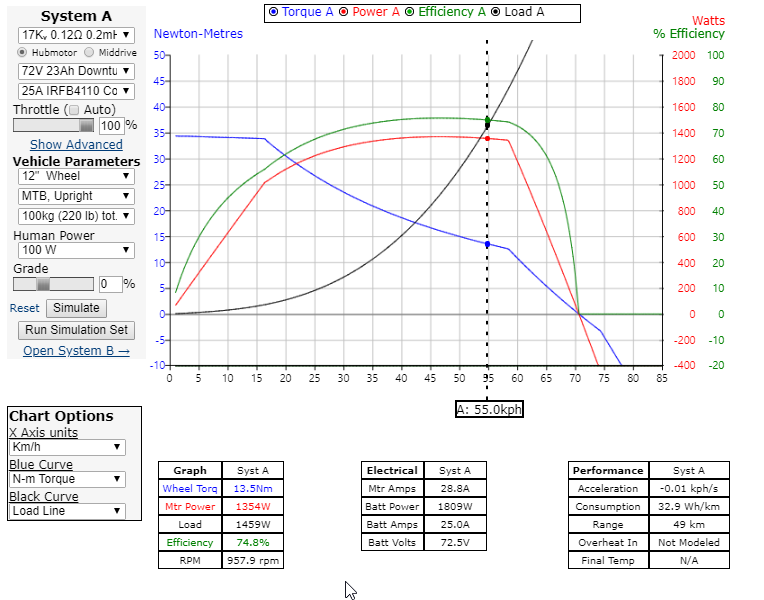recat
100 µW
A while ago i encountered the only other guy in my city with an ebike with 9C clone motor, and he said his was 1.5 kW and it reaches 70 kmh.. but then he said his controller was 25 amps and 48 volts. Exactly the same as mine at the time, except mine was sold to me as supposed "1kw" and it only reached 45 km/h. My theory is that his supposed 1.5 kw motor is the same except wired in delta.. because 45 * 1.7 = 76.5 kmh. aaand that my motor was wired in Wye?
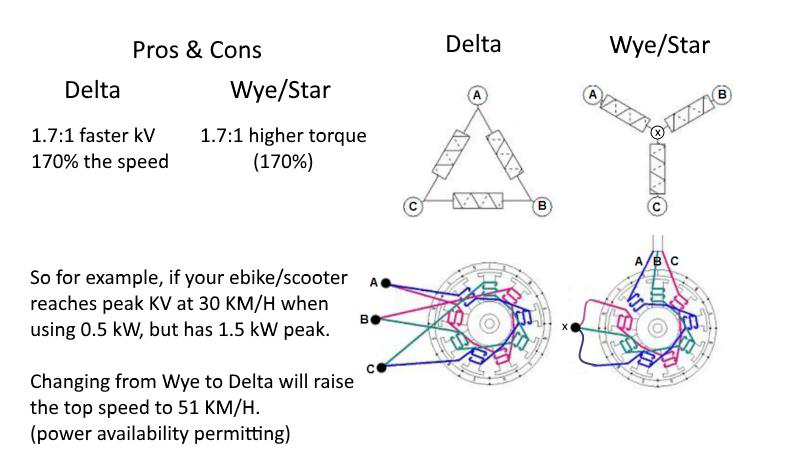
I'm wondering if anyone here has tested re-wiring their motor lately, and if they have any tips and tricks to share? And also any interesting videos? Maybe also some real-world tests comparing before and after? I've seen it in really old threads, but I don't think I should necropost, and back then youtube almost didn't exist.
I'm also wondering if anyone can help me figure out what the winding of my motor is. I'd like to find out in order to get a sense of what power you can squeeze out of it with various mods. It's of "Voilamart" brand, sold as "1kw". Stator width is 27mm. I've opened it up and I counted 9 strands of copper for each phase wire, but I'm not sure how to count the turns. So far it seems like it's a clone 9C 9x7... but i'm not sure.
Here's a pic of my stator:
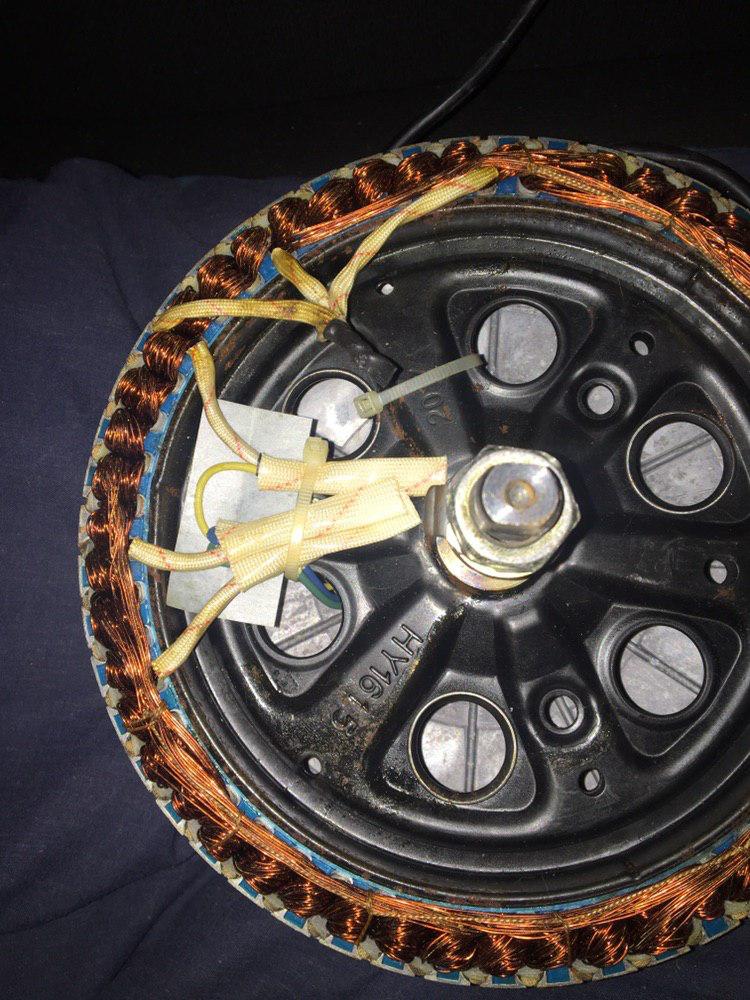

I'm wondering if anyone here has tested re-wiring their motor lately, and if they have any tips and tricks to share? And also any interesting videos? Maybe also some real-world tests comparing before and after? I've seen it in really old threads, but I don't think I should necropost, and back then youtube almost didn't exist.
I'm also wondering if anyone can help me figure out what the winding of my motor is. I'd like to find out in order to get a sense of what power you can squeeze out of it with various mods. It's of "Voilamart" brand, sold as "1kw". Stator width is 27mm. I've opened it up and I counted 9 strands of copper for each phase wire, but I'm not sure how to count the turns. So far it seems like it's a clone 9C 9x7... but i'm not sure.
Here's a pic of my stator:



